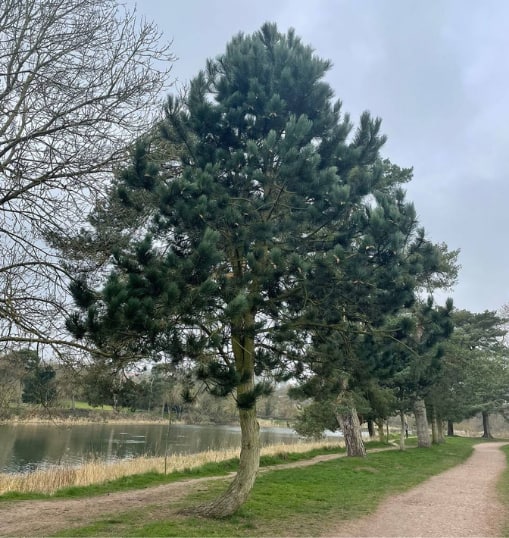As trees mature, their structure and growth patterns can change significantly, sometimes creating potential issues in terms of safety, health, and appearance. Tree reshaping is a specialised tree surgery service that involves carefully pruning and trimming branches to restore a tree’s shape and maintain its structural integrity. At Sheppey Tree Surgeons in Sheppey, Kent, we understand the value of preserving older trees and ensuring they continue to thrive. Here’s why tree reshaping is essential for older trees and how it can benefit your landscape.
1. Enhances Structural Stability
As trees age, they may develop irregular growth patterns that can make them unbalanced or top-heavy. This can lead to weak or overextended branches, which are at greater risk of breaking, especially during storms or high winds. By reshaping the tree, we can redistribute its weight, ensuring better stability and reducing the likelihood of branch failure. This is particularly important for older trees, which may already have weakened branches that require careful management to remain safe.
2. Promotes Tree Health
Tree reshaping isn’t just about aesthetics; it also plays a vital role in promoting the health of an older tree. Over time, an unmaintained tree can develop dense areas of growth that prevent sunlight from reaching the inner branches. Lack of light and airflow can lead to deadwood and encourage the growth of fungi or other harmful organisms. Reshaping involves removing unnecessary branches and thinning out overly dense areas, allowing for better light and air penetration. This reduces the risk of disease and helps the tree to allocate nutrients more efficiently.
3. Prevents Potential Hazards
Older trees located close to buildings, pathways, or power lines can pose a safety hazard if their branches grow unchecked. Overextended limbs or branches weakened by age can become dangerous if they suddenly break or fall. Tree reshaping allows us to safely manage these branches, trimming back areas that could pose a risk to nearby structures or pedestrians. This proactive approach helps to ensure the safety of both the tree and its surroundings.
4. Improves Aesthetic Appearance
The visual appeal of mature trees can be greatly enhanced with proper reshaping. Over time, an older tree may lose its natural form due to unchecked growth, making it look unbalanced or unsightly. Through careful reshaping, we can restore its original beauty, creating a more harmonious appearance that complements your landscape. Reshaping also highlights the natural features of the tree, adding character to your garden or property.
5. Extends the Life of the Tree
A well-maintained older tree can live longer than one left without attention. By removing dead, diseased, or damaged branches, reshaping helps to extend the life of the tree, ensuring it remains a valuable part of your property for many years to come. Trees that receive regular, professional care, including reshaping, are more resilient and less likely to suffer from structural failure or disease, allowing them to continue thriving well into their mature years.
6. Supports Nearby Plant Growth
Older trees with dense canopies can block sunlight from reaching other plants or grass beneath them, limiting the growth of nearby vegetation. Tree reshaping can help by thinning out the canopy and allowing sunlight to filter through, promoting healthier growth for plants, shrubs, and grass in the area. This creates a more balanced ecosystem in your garden and ensures that all your plants have an opportunity to flourish.
7. Increases Property Value
A beautifully maintained landscape, complete with healthy, well-shaped mature trees, can significantly increase the value of your property. Older trees add character and appeal to a garden, and when they are properly reshaped, they become standout features that enhance your property’s kerb appeal. Potential buyers are likely to view well-maintained trees as an asset, knowing they add both aesthetic and environmental value to the property.
Conclusion
Tree reshaping is an essential practice for maintaining the health, safety, and appearance of older trees. At Sheppey Tree Surgeons, we specialise in providing expert tree reshaping services to help preserve the natural beauty and longevity of your mature trees. Our skilled team carefully assesses each tree’s unique structure and requirements, ensuring it is reshaped in a way that enhances its health and maintains its role within your landscape.
If you have older trees that could benefit from reshaping, contact Sheppey Tree Surgeons today. Let our experts help you protect and enhance your property with professional tree care services that ensure your trees continue to thrive for years to come.
Call us on: 01795 718 597
Click here to find out more about Sheppey Tree Surgeons
Click here to complete our contact form and see how we can help with your tree’s needs.
